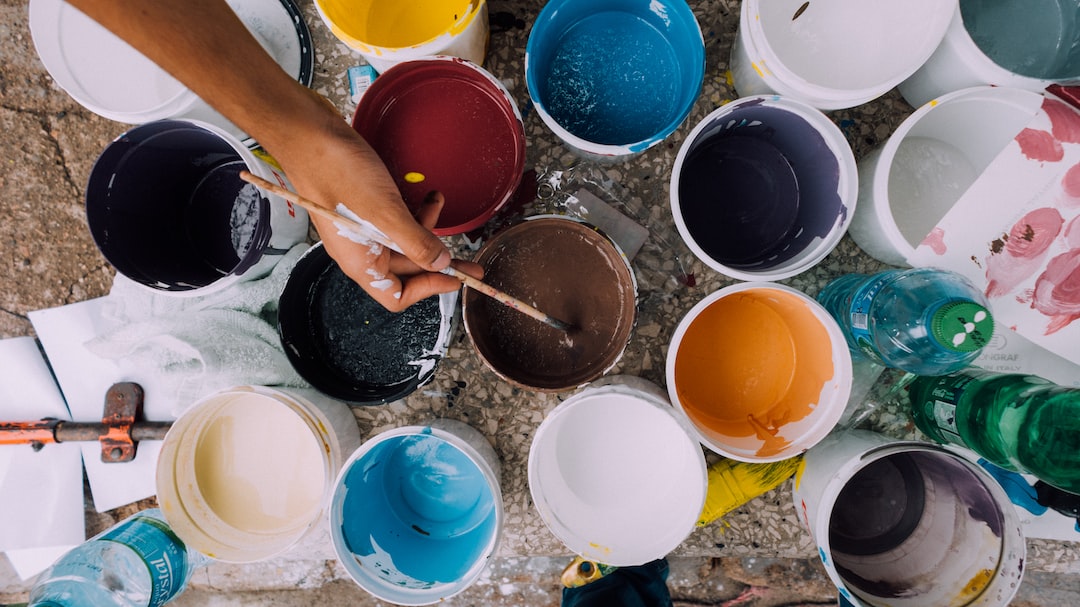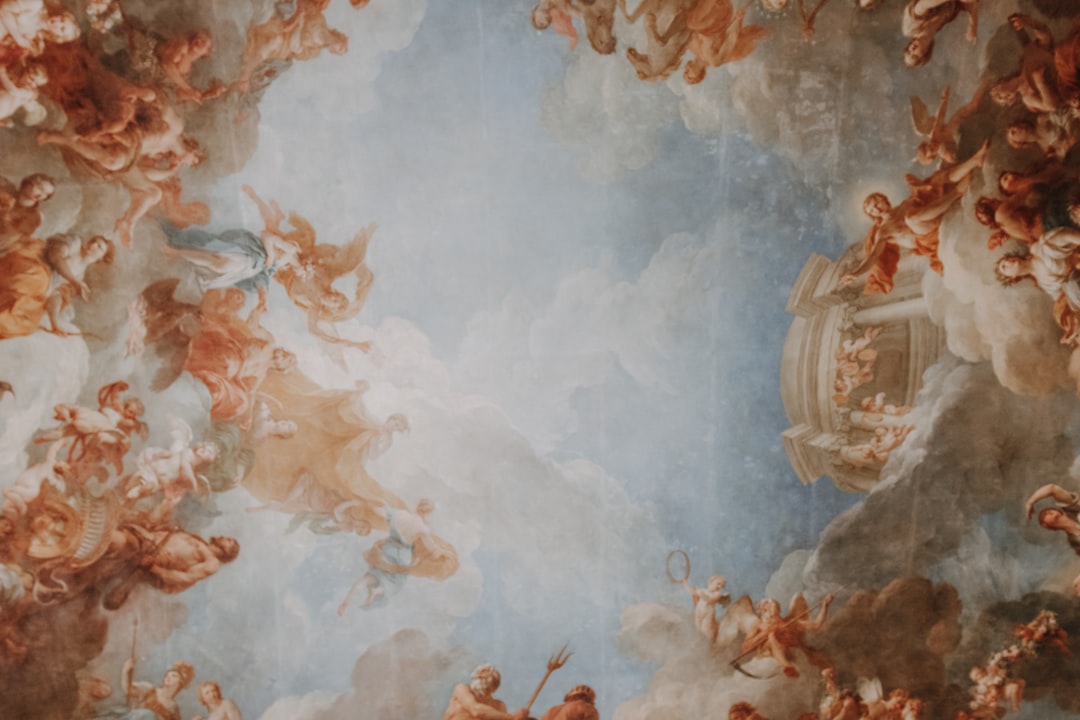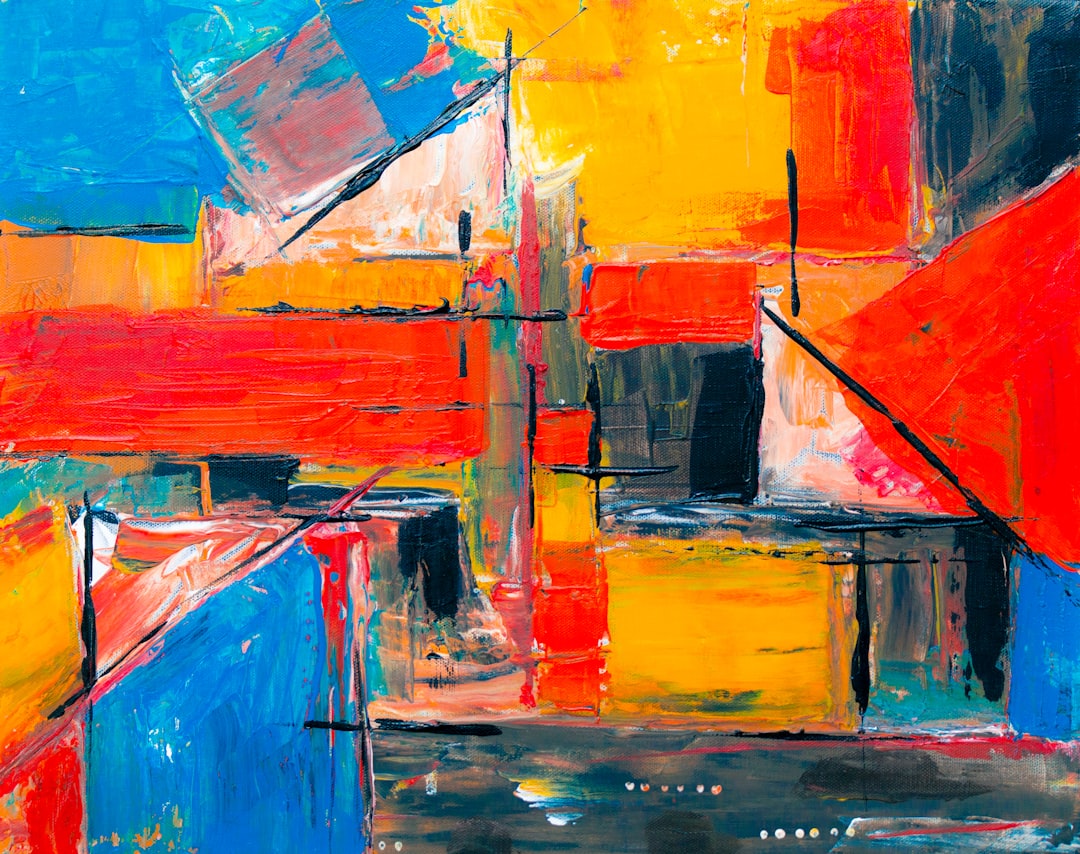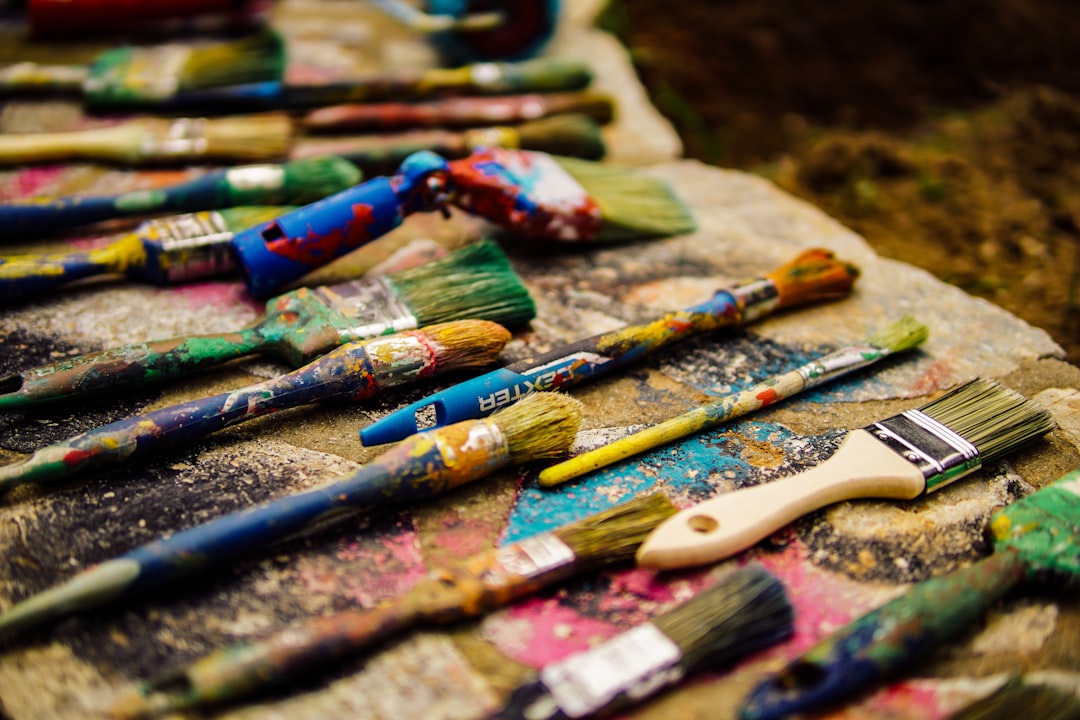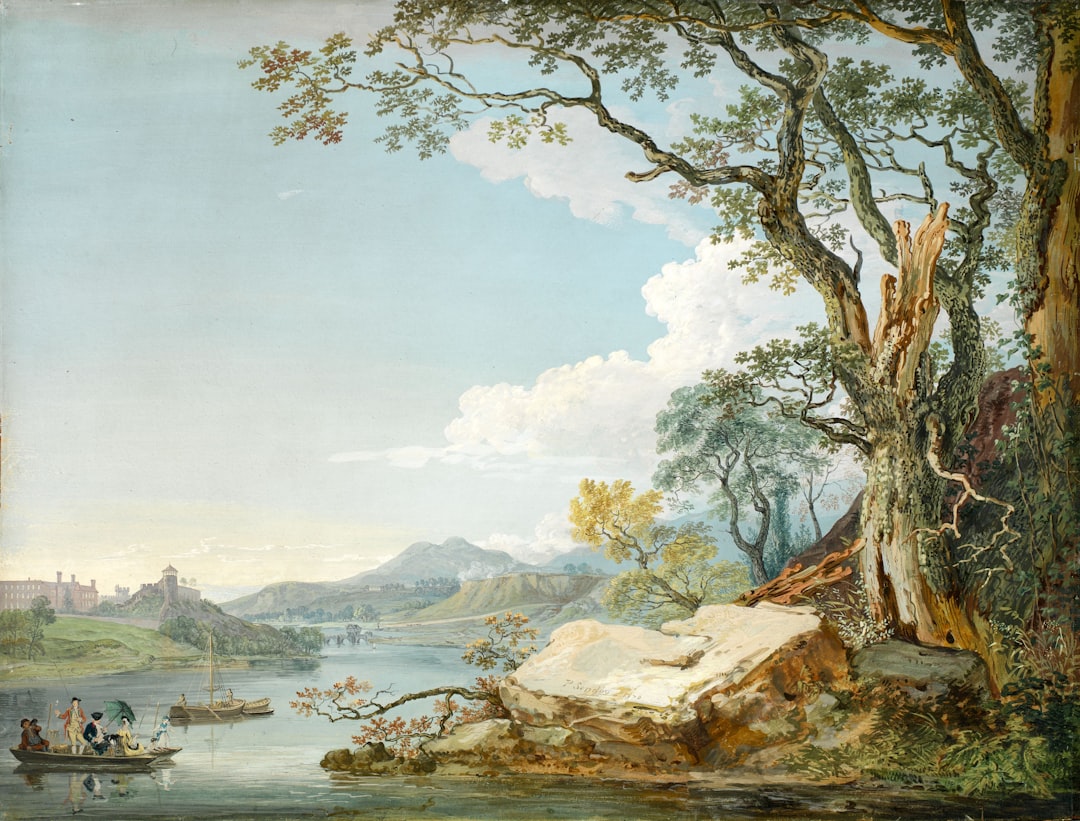With the advancement of technology, the art industry has evolved to accommodate new mediums and forms of expression. One such form that has gained popularity in recent years is crypto art.
Crypto art refers to digital art that is bought and sold using cryptocurrency on blockchain platforms, such as Ethereum. This emerging market has created a significant buzz in the art world, with some buyers willing to pay exorbitant sums of money for a single piece.
The emergence of crypto art can be attributed to the decentralized and secure nature of blockchain technology. It allows for the creation of unique and provably scarce digital art that can be traced back to the original artist and owner.
Crypto art is also unique in that it allows for the integration of programmable code and interactive features in the art itself. This allows for a dynamic viewing experience and opens up new possibilities for artists to engage with their audience.
As the world becomes more digitized, crypto art has positioned itself as an innovative and forward-thinking medium that caters to the new generation of art collectors and enthusiasts. With the potential to revolutionize the art market, it is no surprise that more and more artists are turning to crypto art as a means of showcasing and selling their work.
In the following sections, we will delve deeper into the technology behind crypto art, the benefits it presents for artists and collectors, as well as the challenges and controversies that surround it. We will also explore potential trends and developments in the crypto art market, and conclude with an overview of why we should embrace this revolution in art.
Blockchains: The Technology Behind Crypto Art
Crypto art is a relatively new and emerging form of digital art that is being bought and sold using cryptocurrencies. This revolutionary form of art is only possible because of the underlying technology that powers cryptocurrencies – blockchain. Blockchain allows for a transparent, secure, and decentralized way of storing information.
A blockchain is essentially a ledger where transactions are recorded and verified by a network of computers. Each block in the blockchain contains a unique code that identifies it and is linked to the previous block, forming a chain of blocks. This creates a transparent and immutable record of all transactions.
Crypto art utilizes blockchain technology to establish provable ownership and provenance of digital artworks. This is a significant development in the art world as traditional digital artworks were often copied, shared, or stolen, making it difficult to establish a clear chain of ownership. By using blockchain technology, artists can now prove ownership, and collectors can verify authenticity, which is an essential aspect of buying and selling artworks.
Furthermore, blockchains also create a way for artists to monetize their work without relying on traditional art market intermediaries such as dealers and galleries. By creating their own digital tokens or using existing cryptocurrencies, artists can sell their works directly to buyers, eliminating the need for a middleman.
However, the use of blockchain technology in the crypto art market is not without challenges and controversies. For one, the environmental impact of mining cryptocurrencies has been a significant concern, with some artists opting for more eco-friendly cryptocurrencies or using blockchain alternatives.
In conclusion, the use of blockchain technology in the emergence of crypto art has transformed the way we think about digital art. By providing a transparent and secure way of storing information, blockchain has enabled artists to create and monetize their work in new and exciting ways. However, as with any emerging market, there are still challenges and controversies to overcome, and it will be interesting to see how the crypto art market and its underlying technology evolve over time.
By using blockchain technology, artists can now prove ownership, and collectors can verify authenticity, which is an essential aspect of buying and selling artworks.
The Benefits of Crypto Art for Artists and Collectors
Crypto art has emerged as a new form of art that utilizes blockchain technology. This digital art form is unique and offers a host of benefits to both artists and collectors. In this section, we explore the various advantages of crypto art to both parties.
1. Increased Control Over Artwork
Crypto art provides artists with increased control over their artwork. It allows artists to tokenize their artwork, which means that they own the tokens that represent their artwork. This means that artists can always monitor the transactions and control the distribution of their artwork. Artists can also set terms of ownership and create contracts associated with the respective tokens.
2. Improved Transparency
The decentralized nature of blockchain technology provides improved transparency for both artists and collectors. Artists can view all the transactions and ownership records associated with their artwork. Collectors can also verify the ownership of the artwork and the authenticity of the artwork.
3. Reduced Costs
The traditional art market is often burdened with high transaction fees and intermediaries. With crypto art, artists can directly sell their artwork to collectors without any intermediaries. This eliminates the need for galleries or auction houses reducing the costs associated with selling the artwork.
4. Increased Revenue for Artists
With the elimination of intermediaries, artists receive a higher percentage of the sale price. This enables artists to receive a better return for their work and can incentivize them to produce more artwork.
5. Increased Accessibility for Collectors
Crypto art provides collectors with increased accessibility. Collectors can purchase artwork worldwide without the need to be physically present. Additionally, crypto art provides an opportunity for collectors to invest in fractional ownership of artwork, which eliminates the need to buy the entire artwork.
6. Preservation of Authenticity
Crypto art uses blockchain technology, allowing artists and collectors to preserve the authenticity of the artwork permanently. This means that the artwork authenticity cannot be altered or tampered with, as it has a permanent digital record on the blockchain.
In conclusion, crypto art offers a host of benefits to both artists and collectors. It allows artists to have increased control over their artwork, provides improved transparency, reduces costs, increases revenue for artists, increases accessibility for collectors, and preserves the authenticity of artwork. These benefits are unique to crypto art and are accelerating its adoption by both artists and collectors alike.
4.
Challenges and Controversies in the Crypto Art Market
One of the biggest challenges facing the crypto art market is the issue of ownership and authenticity. Because blockchain technology allows for the creation of digital assets that can be easily copied and reproduced, it can be difficult for collectors and investors to authenticate the original piece. The lack of regulation in the market and the relative novelty of the technology have also made it easier for fraud and counterfeit pieces to be sold, creating a gray area for ownership and authenticity rights.
Another challenge facing the crypto art market is the issue of sustainability. While the blockchain technology underlying crypto art provides a unique and secure platform for buying and selling digital artwork, it also requires a significant amount of energy to operate. Critics of the technology argue that the high energy usage associated with blockchain is contributing to environmental degradation and carbon emissions.
In addition to ownership and sustainability concerns, there are also ethical considerations surrounding the crypto art market. Some artists and cultural institutions have raised concerns about the potential for wealthy investors and collectors to dominate the market, pushing out emerging artists and creating a homogenized culture of art production. Additionally, there are concerns about the potential for art to be used as a vehicle for money laundering or other financial crimes.
Despite these challenges and controversies, the crypto art market continues to grow and evolve. As more collectors and investors enter the market, new solutions and best practices will be developed to address concerns around ownership and authenticity. Additionally, innovations in blockchain technology may help to mitigate concerns around energy usage and environmental impact.
Overall, while the crypto art market is not without its challenges and controversies, it represents an exciting and innovative new frontier in the world of art and technology. As the market continues to mature and develop, it will be interesting to see how these challenges are addressed and overcome, and how the market is able to continue to grow and expand in new and exciting ways.
Additionally, innovations in blockchain technology may help to mitigate concerns around energy usage and environmental impact.
The Future of Crypto Art: Potential Trends and Developments
As the crypto art market continues to shape and grow, it is crucial to look ahead at the potential trends and developments that may shape its future. Here are some possible areas of advancement:
NFTs Will Continue to Revolutionize the Art Industry
It is clear that non-fungible tokens (NFTs) have completely revolutionized the way we perceive ownership and value in art. As blockchain technology advances and becomes more accessible, we can expect to see more artists and collectors adopting NFTs as a way to authenticate and monetize their work.
Crypto Art Platforms Will Expand and Diversify
The emergence of platforms like SuperRare, OpenSea, and KnownOrigin has already created a whole new ecosystem for crypto art. As more artists and collectors enter the market, we can expect to see continued growth and diversity in these platforms, as well as the emergence of new ones that address specific needs.
Increased Focus on Sustainability
As with any new market, there will be growing pains and challenges to overcome. One of these challenges is the environmental impact of blockchain technology, which requires massive amounts of energy to operate. As the crypto art market grows, we can expect to see increased focus on sustainable practices, such as utilizing renewable energy sources and implementing carbon offset programs.
Integration of Virtual and Augmented Reality
Another potential trend is the integration of virtual and augmented reality technologies into the crypto art experience. This could include virtual galleries where users can view digital artwork in a simulated physical space or using AR to view artwork in real-world environments.
Crypto Art as an Investment Opportunity
As the value of certain crypto art pieces has skyrocketed, we can expect to see more investors entering the market. This could lead to the creation of specialized investment funds or even the development of a secondary market for crypto art trading.
Emergence of New Use Cases
Finally, as the market continues to grow and evolve, we can expect to see new and innovative use cases for crypto art emerging. This could include the use of blockchain technology in art authentication beyond just crypto art or the integration of crypto art into the gaming industry.
In conclusion, the future of crypto art is bright, with many exciting trends and developments on the horizon. As with any emerging market, there will be challenges to overcome, but the potential for growth and innovation is immense. The time to embrace the revolution of crypto art is now.
As the crypto art market grows, we can expect to see increased focus on sustainable practices, such as utilizing renewable energy sources and implementing carbon offset programs.
Conclusion: Embracing the Revolution of Crypto Art
The world of art has been forever transformed by the emergence of crypto art. This innovative art form has combined the traditional elements of art with the blockchain technology, creating new opportunities and possibilities for artists and collectors alike.
The power of blockchain technology that underlies crypto art has enabled artists to reach wider audiences while maintaining control of their art. By using blockchain, artists can be confident that their art is unique, unalterable, and safe from duplication or theft. It has also allowed for peer-to-peer transactions, cutting out the middlemen in the art world, leading to quicker transactions and reducing costs.
Crypto art has also brought a new level of transparency to the art market. Buyers can trace the history of the art they are interested in buying, including ownership, transactions, and the artist. The use of cryptocurrency has also enabled artists to be paid directly, without the need for third-party intermediaries, leading to a more equitable distribution of profits.
However, the crypto art market has also come with its share of challenges and controversies. The issue of copyright infringement, for instance, has been a major challenge, with some artists accusing others of stealing their work. Furthermore, the volatile nature of cryptocurrencies means that there is a risk of losing money or undervaluing assets. It is important that both artists and collectors stay informed and vigilant when dealing with crypto art.
In conclusion, it is evident that the revolution of crypto art is already underway, and it’s vital that artists and collectors embrace this change. Blockchain technology has opened up new avenues for creativity, made the market more transparent, and created exciting new opportunities for artists, collectors, and enthusiasts alike. However, it’s important to be aware of the potential risks, take the necessary precautions, and stay informed about the ongoing development of this rapidly evolving field.
The issue of copyright infringement, for instance, has been a major challenge, with some artists accusing others of stealing their work.
The Importance of Embracing the Revolution of Crypto Art
As we have seen, crypto art is a rapidly growing market that is transforming the way artists and collectors interact with art. From facilitating new revenue streams to providing greater accessibility and transparency, crypto art offers a range of benefits that simply cannot be replicated by other forms of art.
However, embracing the revolution of crypto art isn’t just about the benefits it offers. It is also about recognizing the transformative power of blockchain technology and the potential it holds for the future of the art industry. By embracing crypto art, we are not only supporting a new wave of artists and collectors, but also contributing to the development of this cutting-edge technology.
The emergence of crypto art represents a unique opportunity for artists and collectors to explore new creative possibilities and engage with an audience in novel ways. Through blockchain technology, artists can reach a broader global market and increase their exposure, while collectors can invest in art as a form of digital asset that offers greater liquidity and value.
Moreover, crypto art has the potential to address some of the longstanding issues that have plagued the art industry, such as tracing provenance and ensuring authenticity. Blockchain technology allows for smart contracts that can automate these processes, creating a more streamlined and trustworthy market.
However, recognizing the potential of crypto art also means acknowledging some of the challenges and controversies that exist within the market. By understanding and addressing these issues, we can work towards building a stronger, more sustainable crypto art ecosystem that benefits everyone involved.
In conclusion, embracing the revolution of crypto art is not just about investing in a new market or buying a digital work of art. It is about recognizing the power of blockchain technology and its potential to transform the art industry. By supporting crypto art, we are contributing to a new era of art that is more accessible, transparent, and innovative than ever before.
